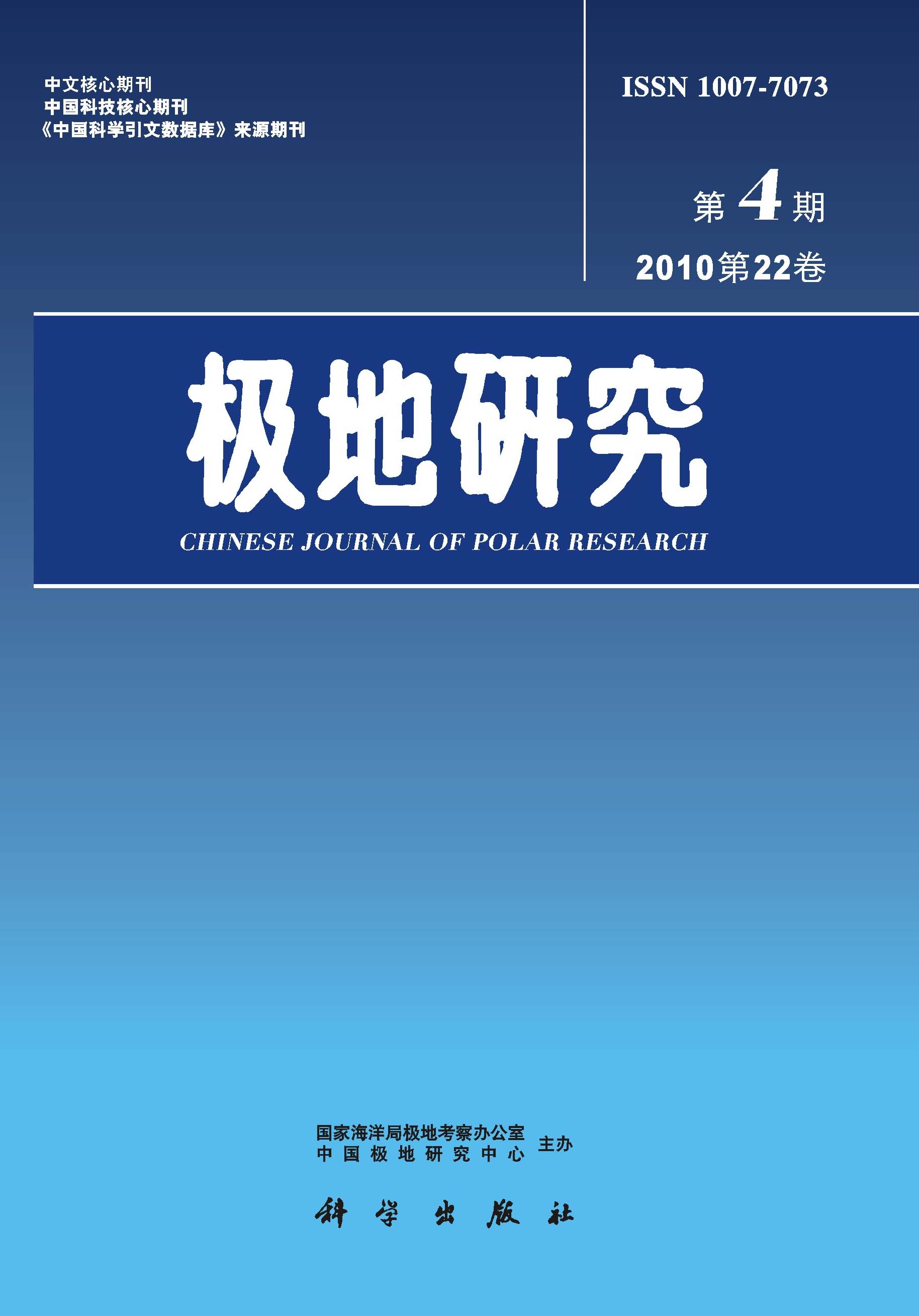The most representative MSA profiles of snow/ice in the sense of migration were exhibited. The principle on which the hypothesis of MSA migration was drawn out was examined. The update data show that the mechanism responsible for MSA migration and relocation supposed for the deeper part of the ice cores could also work for the firn and infiltration congelation ice on the glacier surface. The extension given to the hypothesis by new evidences is that the migration of MSA in the firn is carried out in the open environment where air is connecting with the atmosphere. MSA in resolute is moving downwards, among grains, till the depth where cations are highly concentrated and salts could be formed via combination. It is, quite possibly, the relatively higher freezing point of newly formed methanesulphate salts (e.g. of Na + or of Mg 2+ ) that makes MSA “refrozen” and relocated. The mechanism for the migration of MSA in the infiltration congelation ice is, perhaps, the same for the deeper part of the glacier ice. The comparison of time spent on MSA migration in deeper glacier ice of Antarctic Peninsula and that in the surface infiltration congelation ice of mid latitude glacier suggests that the quick formation of interlinked network of veins in ice, higher temperature and more water content of the ice probably may sever as the promoting factors for the MSA migration. Finally the related calculation referring to the MSA migration, the experiments to verify the hypothesis in lab and problems in the improvements of the migration theory were discussed.

